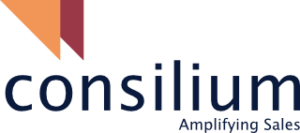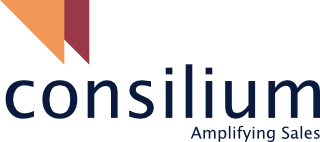Tactics To Improve B2B Sales Agility
- Jitender Lakhani (JL)
- November 18, 2021
- Category: B2B Sales Improvement

The global epidemic of COVID-19 has irrevocably altered B2B sales. Remote selling has become the standard, and more than 80% of B2B professionals expect remote selling to continue in some form in the post-pandemic era, according to McKinsey. This is a turning point in the sales cycle. B2B sales businesses must rethink their sales infrastructure and develop new methods to increase business agility in order to stay competitive.
In an increasingly fragmented industry, your rivals are doing everything they can to increase sales. They’re searching for solutions to address the changing demands of potential clients in order to generate new sales fast and efficiently. To stay ahead of the competition and build your business, you must be faster and more innovative, as well as collaborate with important customers so that everyone benefits.
Here are a few tips to assist you to improve your sales agility!
- “Sales enablement can’t be reactive. It has to be a full-blown strategy that’s woven into the fabric of the company.” – Roderick Jefferson
1. Make use of data analytics:
Restructure your sales force to make it more agile and adaptable to shifting market conditions and client demands. Consider the situation of a metalworking and finishing product company that was having difficulty distinguishing its basic product line from competitors while still selling its designed special applications. The firm was depending on its sales reps to figure out how to divide their time between dealing with distributor sales reps on common items and working on more technical (and profitable) products.
Rather than delegating this choice to sales reps, the firm verticalized its sales strategy by forming teams for its engineering business that comprised technical sales and marketing personnel, as well as hiring an outside sales rep agency to assist and expand their distributors and end customers. This strategy allowed them to accomplish the quick growth, profitability, and sales cost savings they desired.
2. Credibility and need:
Analyze your data systems to see what works and what doesn’t. Point-of-sale analytics may disclose sales patterns by industry, area, product, and other parameters, indicating where sales and marketing resources should be focused. To acquire a holistic picture of your sales activities and find new areas of potential, use existing data sources.
You must develop realistic ways to adapt to ever-changing market conditions and consumer wants in order to nurture fresh sales techniques. Keeping your sales force adaptive and nimble requires removing inefficiencies in the sales infrastructure, focusing emphasis on activities that provide a return, and being tuned in to client demands and experience.
3. Adopt a sales mentality:
You may teach your salespeople, but you must also motivate them. With an flexible attitude, your sales force must be willing to pivot and welcome new ideas and practices. For example, in order to decrease inefficient behaviour, identify the correct selling practices, such as ensuring that salespeople balance existing client emphasis with new business prospecting. According to research, most businesses get 80% of their revenue from 20% of their current consumers.
Link desirable behaviours to rewards, such as bonuses tied to sales targets. Make sure that financial incentives are related to the items you wish to sell, rather than merely total sales volume. Consider attaching remuneration to data entry if you’re having problems keeping the CRM system current.
4. Customer-centric selling:
The buyer’s journey in B2B has evolved. Today’s prospects have a clearer concept of what they require and have done their homework on prospective solutions. Sales professionals must be ready to deliver appropriate digital follow-up information, engaging consumers with information and insights at the correct time to assist them to address their specific problem areas. To ensure client loyalty and prevent churn, sales organisations must ensure that they nurture both new and current customers.

